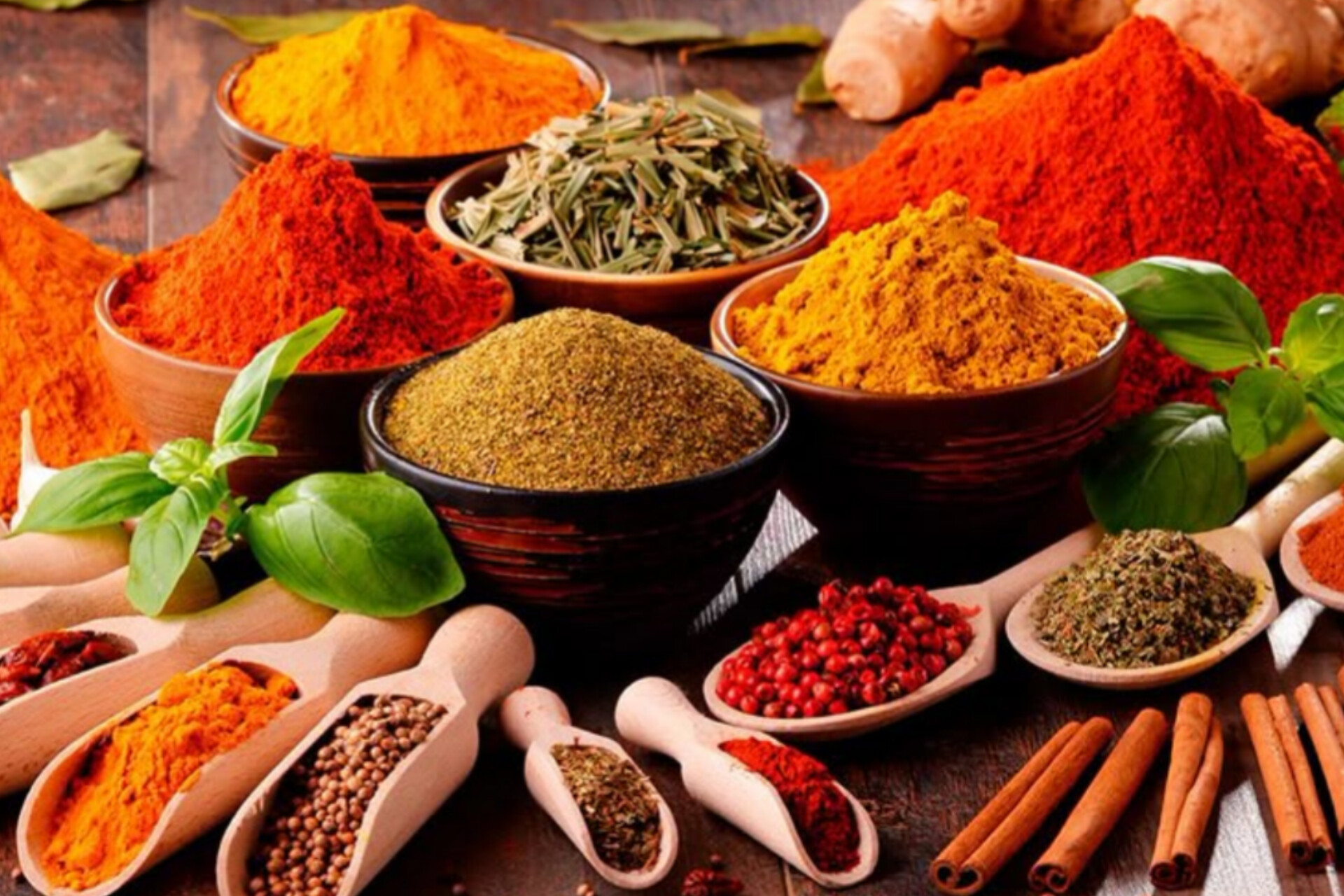
A new wave of spicy, complex, and internationally-inspired flavors is transforming kitchens everywhere, and it’s being driven by a generation that considers harissa as essential as ketchup and views sumac the way their parents viewed parsley.
Gen Z and social media continue to influence this trend toward bold, international flavors, pushing home cooks to experiment with spice blends and flavor profiles that would have been considered restaurant-only territory just a few years ago. The result? Home kitchens that are more adventurous, more globally connected, and infinitely more delicious.
The global spice trend isn’t happening in isolation—it’s the perfect confluence of increased travel (even virtual travel through social media), growing cultural awareness, and a generation that’s comfortable ordering ingredients online from anywhere in the world.
Social Media as Spice Gateway
TikTok and Instagram have become unexpected culinary education platforms, where young home cooks share family recipes, technique videos, and ingredient spotlights that would have required years of travel to discover naturally. A teenager in Ohio can now learn to make authentic berbere blend from an Ethiopian grandmother in Addis Ababa—and have the ingredients delivered to their door within days.
The Accessibility Factor
What once required specialty shops and knowledge of obscure suppliers is now available through mainstream retailers and online marketplaces. Target carries harissa, Walmart stocks za’atar, and Amazon delivers virtually any spice blend you can imagine. The barriers to global flavor exploration have never been lower.
The Spice
Harissa: From North Africa
This fiery chili paste from Tunisia and Morocco has become the hot sauce of choice for adventurous home cooks. It’s complex, smoky, and versatile enough to elevate everything from roasted vegetables to grilled chicken. Unlike typical hot sauces, harissa brings layers of flavor—not just heat.
Za’atar: From The Middle East
This herb and spice blend combining dried thyme, oregano, marjoram, toasted sesame seeds, and sumac has found its way onto everything from avocado toast to roasted chickpeas. It’s the flavor bridge between familiar Mediterranean tastes and more adventurous Middle Eastern cuisine.
Berbere: Ethiopia’s Secret
Perhaps the most complex of the trending spice blends, berbere combines up to 20 different spices and has a depth that transforms simple ingredients into restaurant-worthy dishes. It’s particularly good with lentils, root vegetables, and slow-cooked meats.
Gochujang: Korea’s Fermented Favorite
This fermented chili paste brings umami, sweetness, and heat in equal measure. It’s become the secret ingredient in marinades, salad dressings, and even cocktails, adding depth that regular chili sauces simply can’t match.
Sumac:
With its bright, lemony tartness, sumac is revolutionizing how we think about acidity in cooking. It’s particularly popular among health-conscious cooks who want to add brightness without additional sodium or sugar.
Why Our Palates Are Evolving
Our taste preferences aren’t static, they evolve based on exposure and experience. As global flavors become more accessible and socially acceptable, our palates literally adapt to appreciate more complex flavor profiles. What tastes overwhelmingly spicy or unfamiliar initially becomes comfortable and then craved.
What This Means for Your Cooking
Storage and Organization
A globally-inspired spice collection requires thoughtful organization. Invest in proper storage containers, label everything clearly (including purchase dates), and organize by cuisine or frequency of use. This isn’t just about functionality—a well-organized spice collection becomes a source of inspiration.
Quality Matters More Than Quantity
With global spices, quality makes an enormous difference. A high-quality berbere blend from an authentic source will transform your cooking in ways that a generic grocery store version never could. It’s worth investing in smaller quantities of better spices rather than large containers of mediocre ones.
Technique Development
Working with global spices often requires developing new techniques. Learning to bloom spices, understanding when to add them during cooking, and knowing how to balance complex flavors becomes part of your culinary education.
The Social Aspect: Cooking as Cultural Bridge
Connecting with Heritage
For many people, exploring global spices becomes a way to connect with their own cultural heritage or explore their partner’s background more deeply. Cooking becomes a form of cultural education and appreciation.
Community Building
Sharing globally-inspired meals creates opportunities for conversation, education, and cultural exchange. Your dinner party becomes a learning experience where guests discover new flavors and stories behind traditional dishes.
Breaking Down Barriers
Food has always been one of the most effective ways to build cultural understanding. When you cook with someone’s traditional spices and techniques, you’re participating in their culture in a respectful, educational way.

